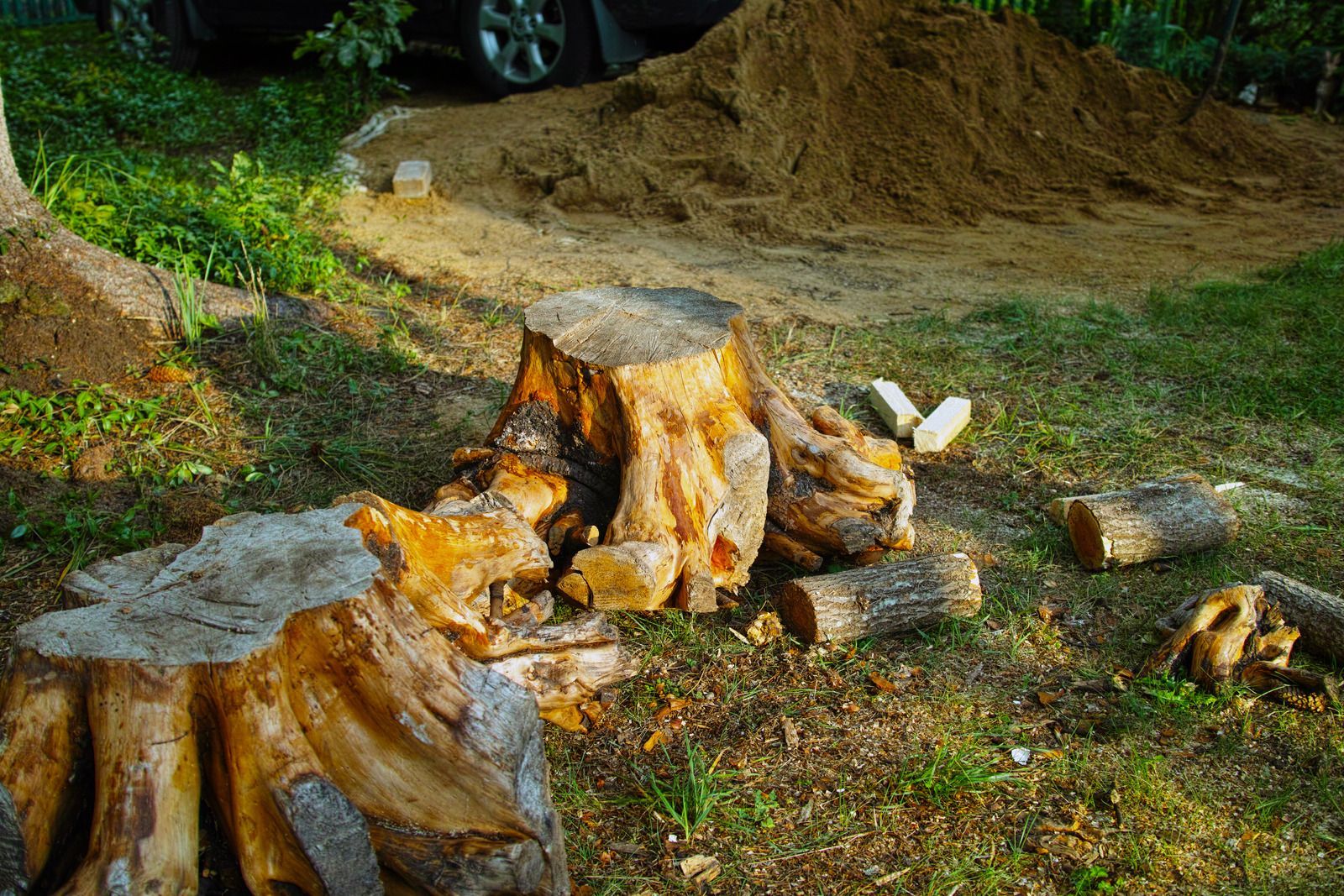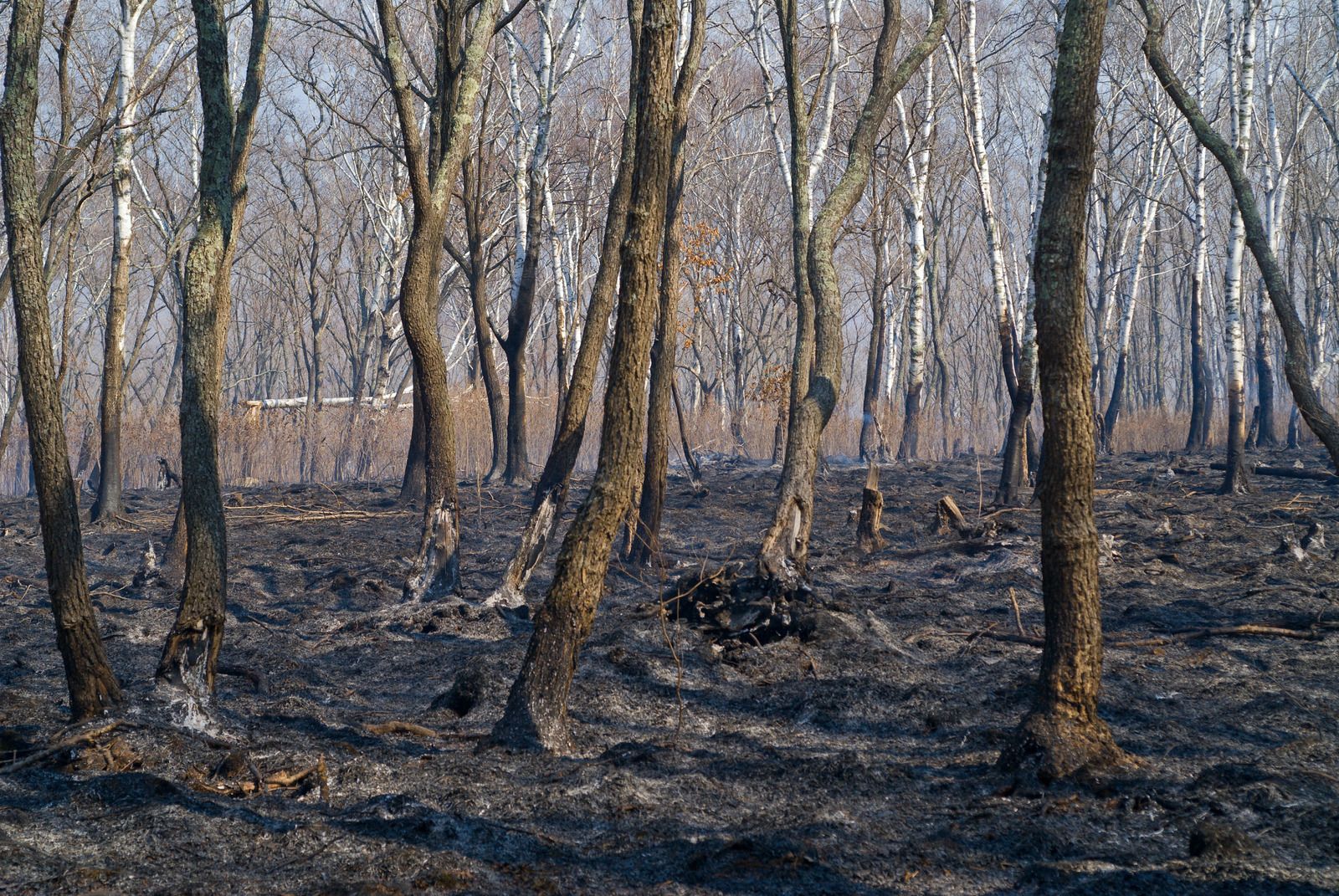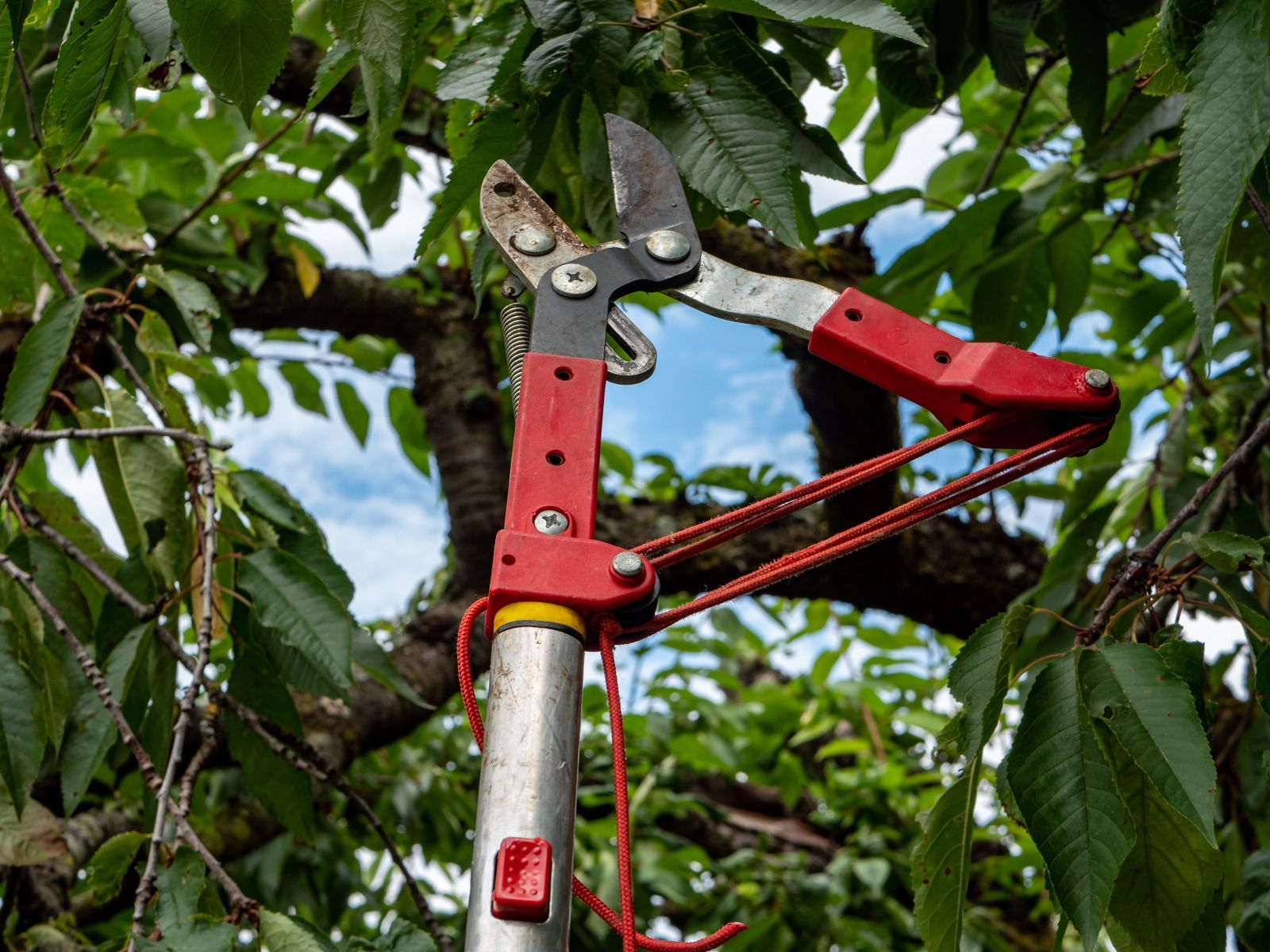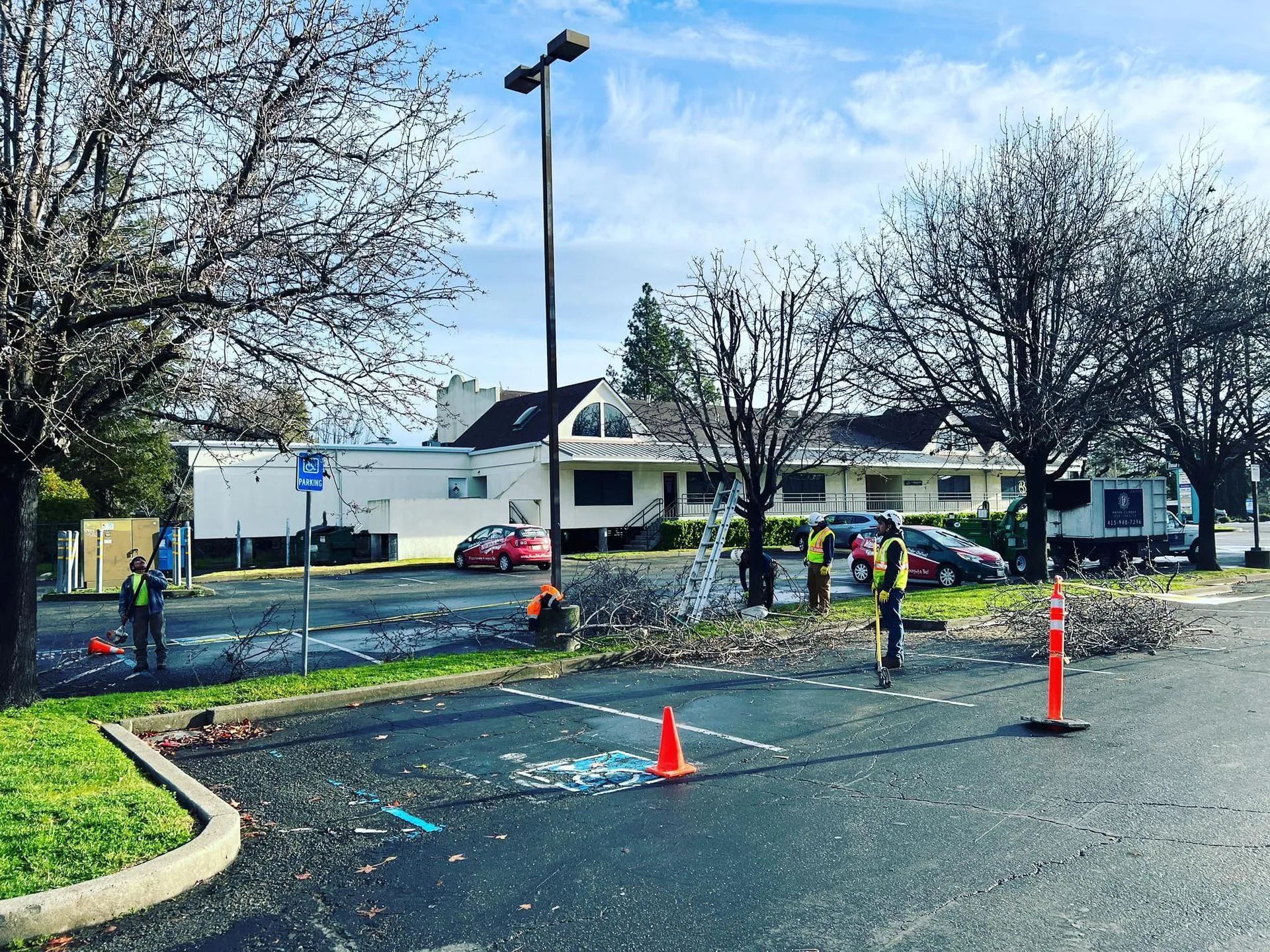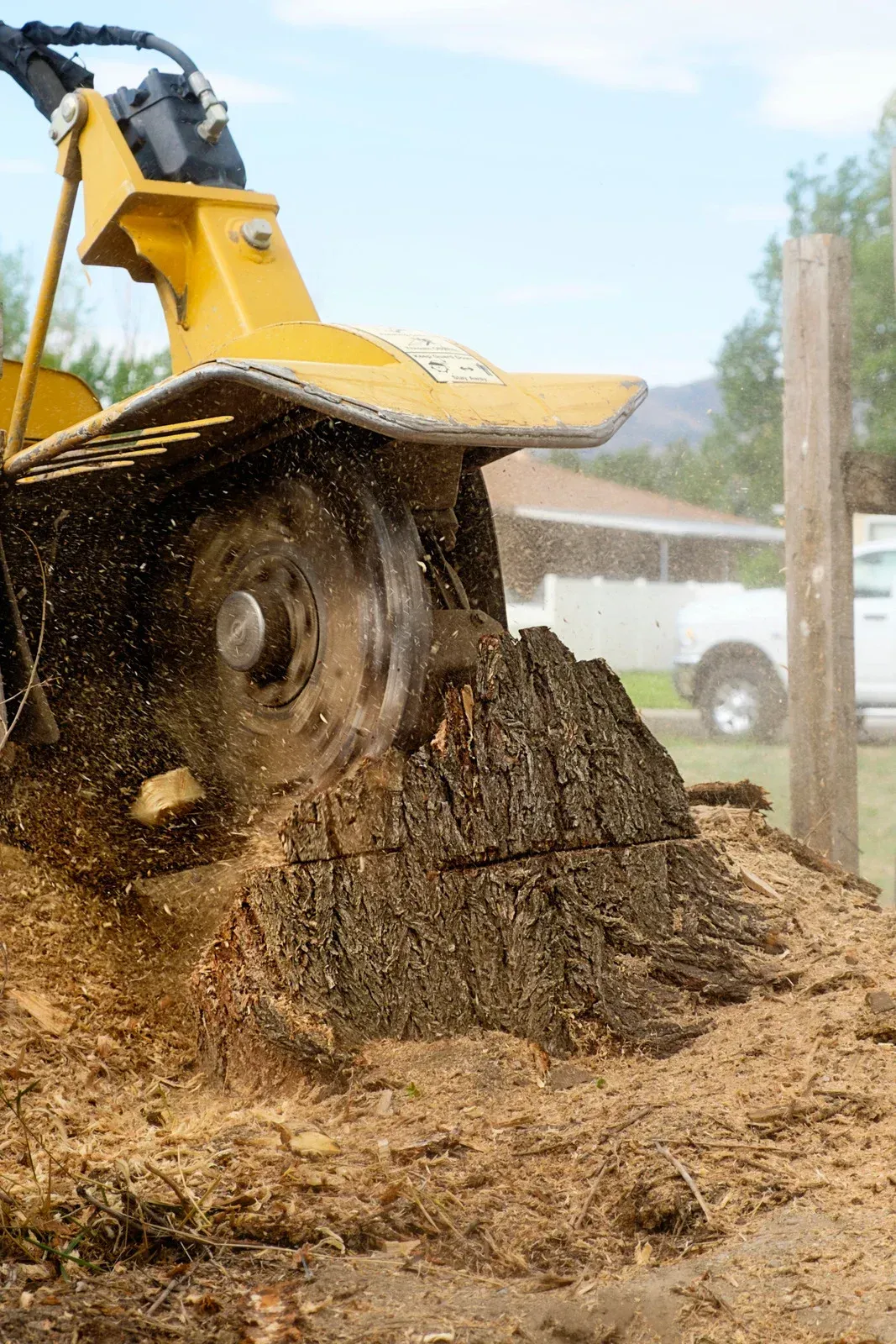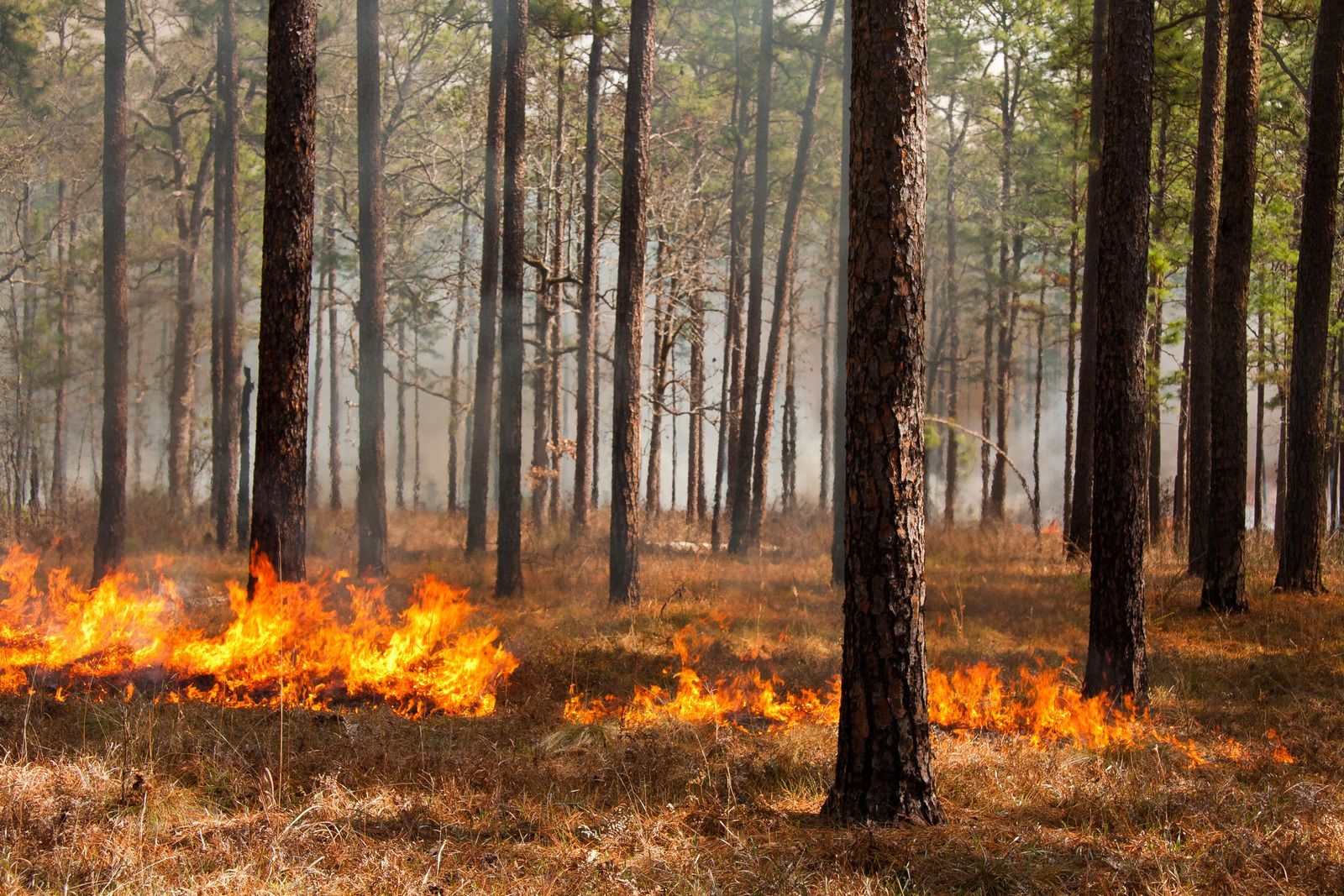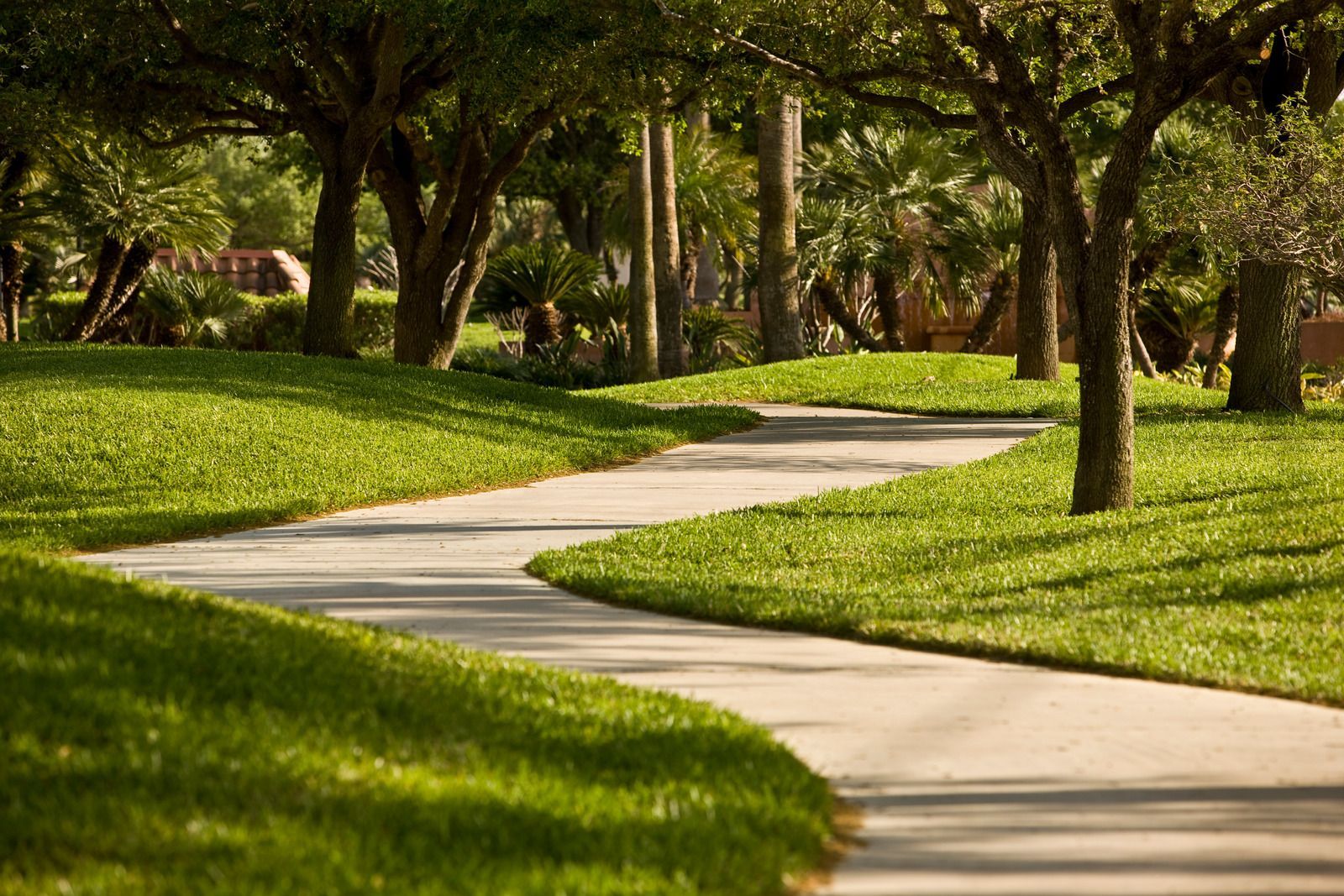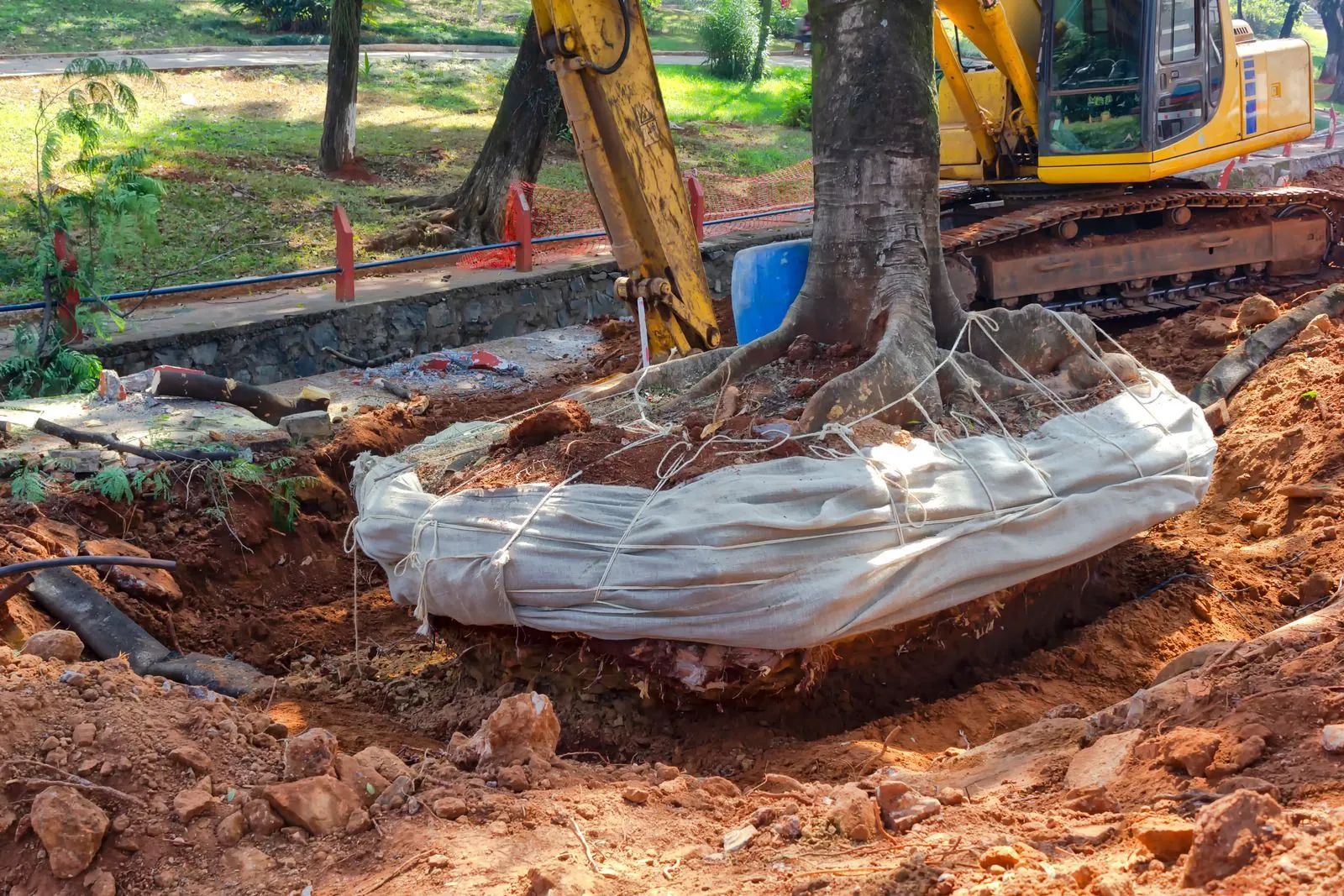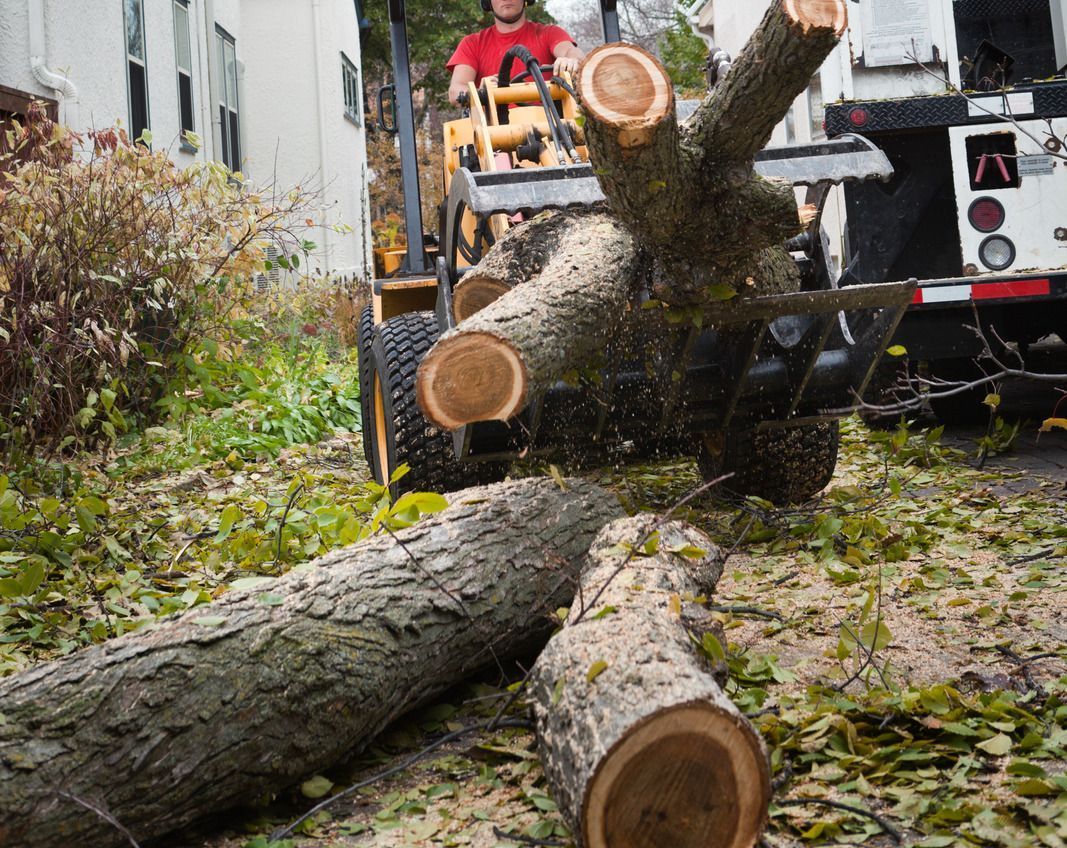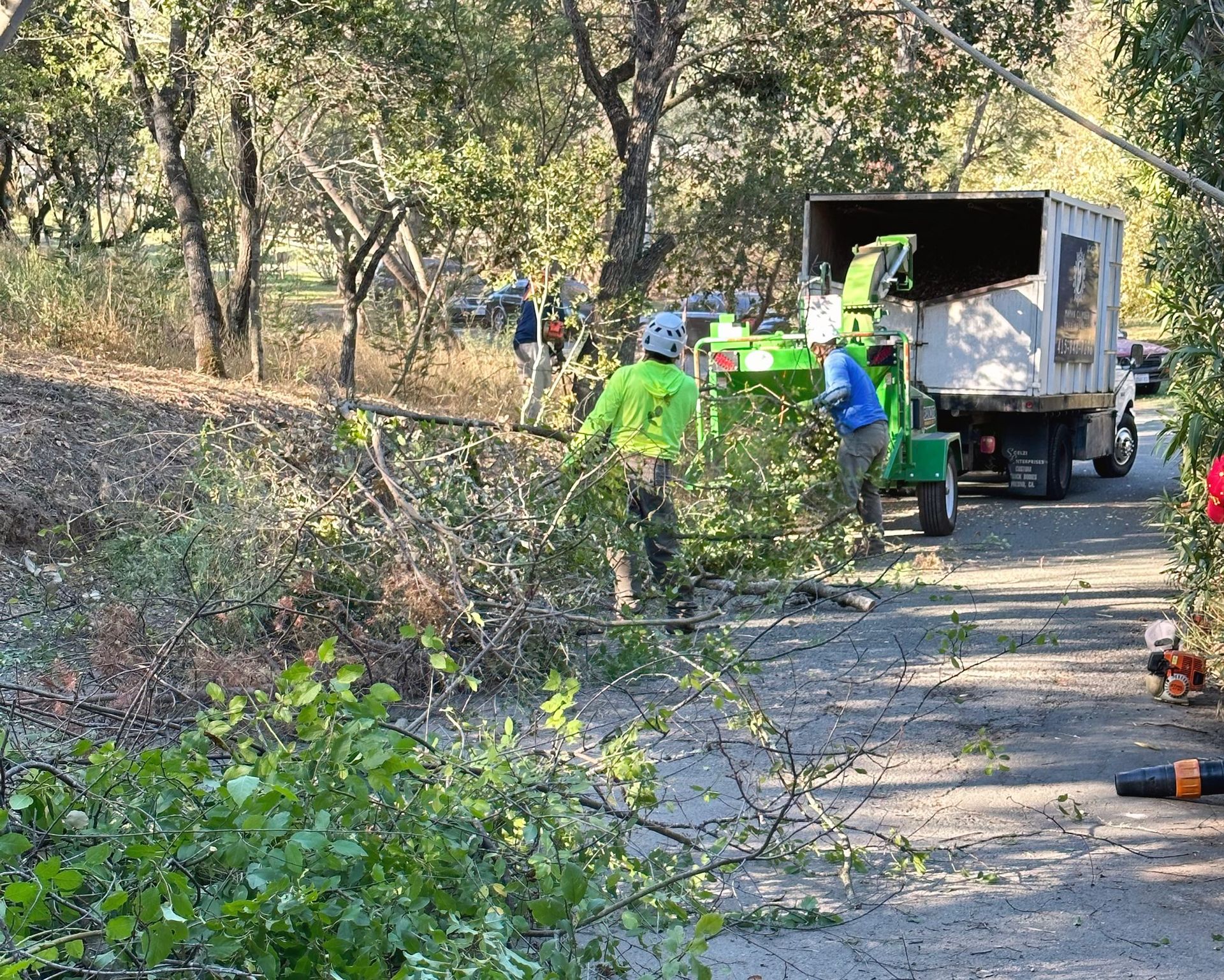Branching Out: Simple Solutions for Effective Tree Clearing
Have you ever looked at an overgrown or hazardous tree and felt daunted by the prospect of clearing it?
Tree clearing, while necessary for safety and landscaping, can seem overwhelming. However, it can be managed effectively and safely with the right approach and tools. This blog will explore simple solutions for effective tree clearing, ensuring you can tackle the task with confidence and ease.
1. Assess the Situation
The first step in effective tree clearing is to assess the situation. Determine the size of the tree, its proximity to buildings or power lines, and overall health. This assessment will help you decide the best approach for removal and whether professional help is needed.
2. Understand Local Regulations
Before you start, it's essential to understand any local regulations regarding tree removal. Some areas require permits for tree clearing, especially for larger trees or those in protected zones. Check with your local government or a tree removal professional to ensure compliance with any regulations.
3. Have the Right Tools
Having the right tools is crucial for effective and safe tree clearing. It includes chainsaws, pruning shears, loppers, and safety gear like gloves, goggles, and hard hats. Ensure your tools are sharp and in good working order before starting.
4. Plan Your Approach
Plan your approach based on the tree's size and location. If the tree is large or near structures or power lines, removing it in sections, starting from the top, is safer. Smaller trees may be removed in one piece. Always plan a clear escape route in case the tree falls unpredictably.
5. Clear the Surrounding Area
Before starting, clear the area around the tree of any obstacles that could pose a hazard or get in the way. This step includes garden furniture, toys, and especially vehicles.
6. Seek Professional Help When Needed
If the tree is large, unhealthy, or in a risky location, don't hesitate to hire a professional. Tree removal can be dangerous, and professionals have the experience, tools, and insurance to handle challenging situations safely.
7. Proper Cutting Techniques
When cutting, use proper techniques to control the direction of the fall. Create a notch cut on the side of the tree in the direction you want it to fall, followed by a back cut on the opposite side. It helps guide the tree safely to the ground.
8. Disposing of Debris
Once the tree is down, you must dispose of the debris. It can include cutting the trunk into manageable pieces, chipping branches for mulch, or hauling everything to a disposal site. Some local waste management services may offer tree debris removal.
9. Stump Removal
After the tree is removed, you'll be left with a stump. Stump grinding is the most effective way to remove it. You can rent a stump grinder or hire a professional service to do it for you.
10. Safety First
Throughout the process, prioritize safety. Wear appropriate safety gear, be aware of your surroundings, and never work alone. If using a chainsaw, ensure you understand how to operate it safely.
In Conclusion
Tree clearing can be a manageable task with the proper preparation, tools, and approach. Assess the situation carefully, understand local regulations, and have the right tools on hand. Plan your strategy, clear the area, and don't hesitate to call professionals when necessary. Safety is paramount, so take precautions to protect yourself and others. By following these simple solutions, you can effectively and safely carry out tree clearing, transforming your landscape and ensuring safety on your property.
